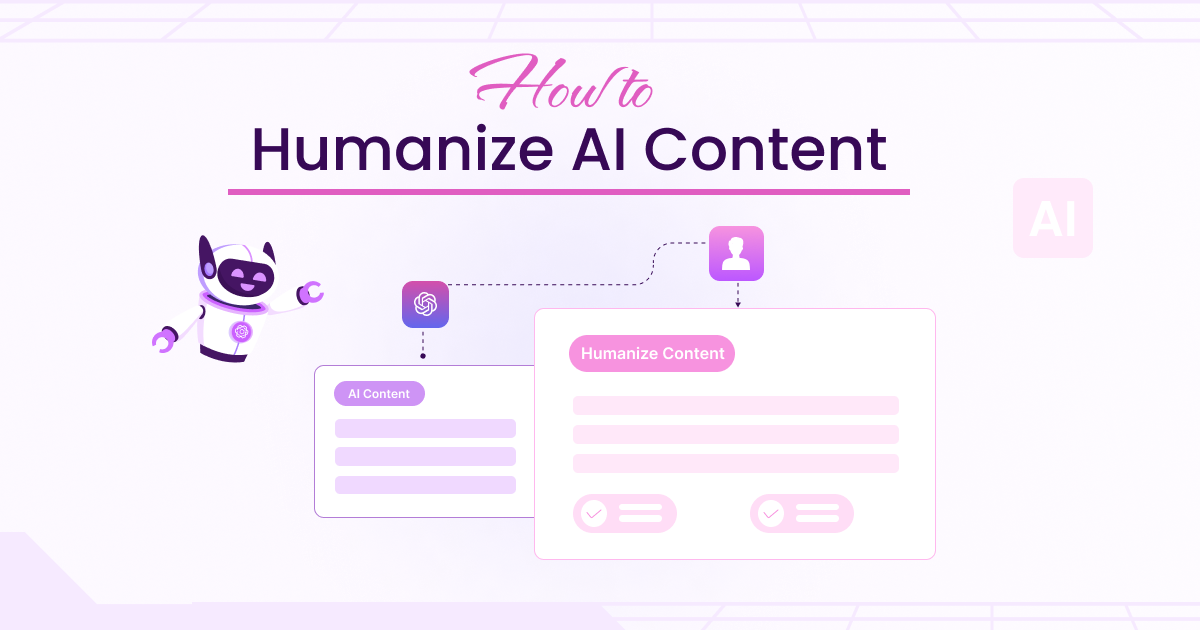In an age where smartphones are as essential as passports, a staggering 61% of U.S. travellers have not only booked but also paid for their trips right from their mobile devices within the last year.
Even more intriguing, 64% continue to use their devices to navigate and manage their travel experiences en route. (source)
The message is clear: the future of travel is digital, and it’s unfolding in the palm of our hands.
Welcome to the ultimate guide on Travel App Development, where we decode the strategies to create a mobile application that doesn’t just join the fray but leads the pack.
Here, we’ll explore the essentials of building an app that enchants and engages modern travelers and turns every trip into a seamless and memorable journey.
To build a useful travel app for mobile users that generates money. First, we need to know what features they have.
Essential Features in a Travel Development App
In travel app development, understanding and integrating essential features can make the difference between an app that’s merely functional and one that’s truly indispensable.
Here’s a rundown of the must-have features that should be included in every travel app to enhance user experience and engagement.
1. Login/Signup
Every journey with your app starts here. Providing a straightforward login or signup process is crucial. This isn’t just about entering an email and a password but also welcoming users into a new experience. By creating a personal profile, users can receive tailored recommendations and offers to ensure the app adapts to their travel preferences and needs.
2. Search Bar
At the heart of any travel app should be a robust search bar. This feature is the gateway to all services your app offers—be it flights, accommodations, or rental cars. The search functionality must be powerful and intuitive, allowing users to easily navigate through a wide range of options and find exactly what they’re looking for without any hassle.
3. Price Comparison Feature
The travel industry is super competitive, and therefore price is often a decisive factor. Incorporating a price comparison feature can significantly enhance the app’s appeal by enabling users to access and compare prices across different vendors seamlessly. Utilizing APIs like hotel price API and flight price API, your app can fetch and display real-time pricing data from multiple sources. This not only helps users make the best financial decisions but also positions your app as a comprehensive resource for travel planning.
4. Rating & Review
Feedback is a goldmine. Integrating a rating and review system not only empowers users to share their experiences but also helps others make informed decisions. This feature builds trust and transparency, essential ingredients for any app that seeks to maintain a loyal user base.
5. Offline Access
Connectivity should not be a constraint in delivering a seamless user experience. Essential information, like previously searched routes or booked tickets, should be accessible without an internet connection. This feature is especially useful in places where mobile data is scarce or expensive.
6. Messages & Chatting
Communication is key. Whether it’s chatting with a customer service representative or sending inquiries directly to a hotel front desk, having a built-in messaging system can significantly enhance user satisfaction by providing real-time assistance and support.
7. Notifications About Hot Deals
Who doesn’t love a good deal? Notifications about promotions, last-minute deals, or exclusive offers can keep users engaged and more likely to book through your app. This feature ensures that users won’t miss out on opportunities for cheaper travel options. Therefore, enhancing the value of your app is essential.
8. Safe Payment Gateway
Security is paramount. Integrating a reliable and secure payment gateway is critical to ensure users feel safe conducting transactions. Trustworthy payment options will support various payment methods, from credit cards to mobile wallets, providing peace of mind and flexibility in payments.
These essential features form the backbone of a successful travel app, each adding a layer of functionality and user engagement that can set your application apart in the bustling travel industry. By focusing on these aspects, developers can ensure their app is not just a tool, but a travel companion that users rely on and recommend.
So, now you know all the essential features a travel app can have. It’s time to know the journey of developing it.
How to Develop a Travel Development Application?
Developing a travel application involves careful planning, understanding of the market, and technical execution. Here’s a detailed guide based on the insights gathered from various expert sources:
1. Identify the Need and Conceptualize Your App
Begin by identifying a unique value proposition for your travel app. This could involve addressing specific pain points of travellers, such as booking, itinerary planning, or providing localized travel tips. Study successful apps like Booking.com or TripAdvisor to understand what works.
2. Define Your Target Audience
Understanding who your app is for will guide many of your decisions, from features to marketing strategies. Define your audience based on travel style, preferences, and demographic details. This helps in creating user personas, which make it easier to tailor your app’s design and functionality.
3. Decide on Key Features
A travel app must have user registration, profile management, a robust search engine, and booking capabilities. Additional features could include reviews, push notifications, real-time updates, and an in-app communication system. Advanced features might include augmented reality views of destinations, personalized travel recommendations through AI, or integration with local travel services.
4. Choose a Monetization Strategy
Your app can earn revenue through various methods such as commissions on bookings, merchant models (bulk buying and reselling), subscription fees for premium features, in-app advertising, and affiliate marketing.
5. Plan the User Interface and Experience
Design an intuitive and engaging user interface. Your app’s design should facilitate a seamless user journey from searching for travel options to making bookings and checking reviews. Navigation should be simple, and the visual elements should be appealing yet functional.
Also, think about adding some image editing tools so your visuals really stand out and grab attention. This can give users the ability to customize their photos, making their travel experiences look as good as they feel.
6. Select the Right Tech Stack
For the backend, consider using technologies like Node.js or Ruby on Rails. For the front end, React Native or Flutter can be good choices for cross-platform development. You’ll also need a reliable database like MySQL or MongoDB. Choose cloud services like AWS or Google Cloud for hosting.
7. Develop, Test, and Launch
Follow best practices in coding and integration of APIs and third-party services such as payment gateways and map services.
Here is how you can do it –
- Choosing the Right Development Team: Hire skilled Android developers and iOS developers with proven expertise in mobile development frameworks and languages to ensure your app is functional and scalable.
- Testing and Quality Assurance: Conduct rigorous automated and manual testing to cover all aspects of the app, including user interface and backend stability. Utilize unit, integration, and user acceptance tests to ensure the app is bug-free.
- Launching Your App: Launch your app with a solid marketing strategy, focusing on app store optimization (ASO) and promotional activities. Coordinate with your development team for last-minute optimizations and set up monitoring systems to track app performance and user feedback. Prepare customer support to efficiently handle queries and issues.
8. Gather Feedback and Iterate
After launch, collect user feedback to understand their experience and any issues they face. Utilize the right feedback tools to make necessary improvements and updates. Continuous iteration based on user feedback and market trends is crucial to keep the app relevant and useful.
9. Market Your App
Effective marketing strategies could include SEO, marketing outsourcing services, social media marketing, email campaigns with Hubspot or Active Campaign, and partnerships with travel influencers. In addition to that, app store optimization (ASO) is critical to increase visibility in app stores.
10. Monitor Performance and Scale Up
Use analytics to monitor how your app is performing in terms of user engagement, retention, and revenue generation. Scale your app by adding new features, expanding to new markets, or enhancing existing functionalities based on user data and strategic goals.
Developing a travel application requires a clear understanding of the travel industry’s needs, a focus on providing excellent user experience, and the ability to adapt to changing market conditions.
Conclusion:
The future of travel is emphatically digital, with smartphones becoming the ultimate travel companions.
To build a leading travel app, developers must integrate essential features such as user-friendly login procedures, comprehensive search functionalities, price comparisons, user feedback systems, offline access, communication tools, hot deal notifications, and secure payment gateways.
By understanding the market, focusing on user engagement, and continuously iterating based on feedback, developers can create a travel app that not only meets but exceeds the expectations of modern travelers, turning every journey into a seamless and enjoyable experience.







